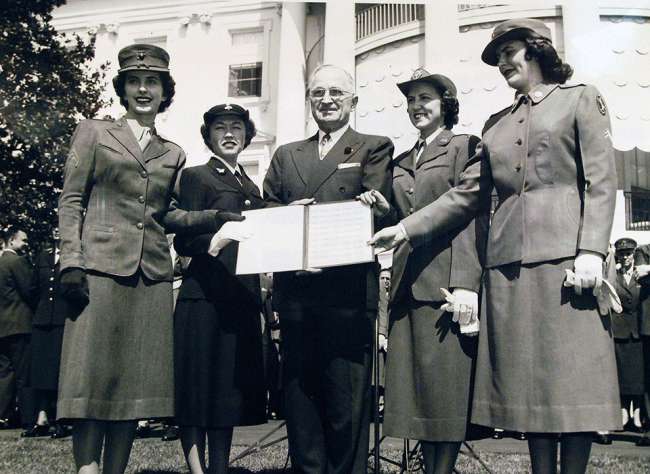Top Image: Opening Day of Case 8: RuSHA Trial, October 20, 1947. Image courtesy of the National Archives.
On Wednesday, January 31 1951, a curious bit of revelry took place in Landsberg prison as 10 war criminals condemned to death by the Nuremberg military tribunals learned they would live after all. Per newspaper accounts of the scene, when the inmates heard the news they “shouted with joy” and “chattering excitedly, hastily shed the red jackets which every condemned prisoner wears.” Meanwhile, scores of other prisoners “beamed with pleasure” upon receiving word that American High Commissioner for Occupied Germany (HICOG) John J. McCloy had significantly reduced their sentences.
Of the 142 Germans convicted of war crimes at the 12 Nuremberg Military Tribunals from December 1946 to April 1949, 88 men and one woman remained incarcerated at Landsberg in January 1951. Of these 89, 78 received clemency, which included commutations of 10 out of 15 death sentences. Thirty-two prisoners, including former armaments magnate Alfried Krupp and eight of his co-defendants, were eligible for immediate release, with 29 walking free as a group on the morning of Saturday, February 3. As they emerged from the prison gates, these fallen elites of the Nazi empire were met with flowers, hugs, and kisses from a small crowd of family and well-wishers, as well as shouted questions from more than 100 press correspondents in attendance.
These prisoners had been prosecuted and convicted during fair trials by American judges of activities falling under one or more of the four criminal counts described in Allied Control Council Law 10 governing the occupation of Germany. These offenses included crimes against peace, war crimes, crimes against humanity, and membership in a criminal organization (leadership corps of the Nazi Party, Gestapo, SD, SS, SA or the Reich Cabinet).
Telford Taylor, Chief Prosecutor of the Nuremberg successor trials, and his staff deliberately tasked the 12 Nuremberg trials with fulfilling a broader investigative and pedagogical purpose in line with other much-resented American efforts to re-educate the German people, redeeming them politically and morally as American-style democrats. Although the trials were primarily concerned with determining the innocence or guilt of individual defendants for a slate of crimes newly enshrined in international law, they would also serve as a historical inquiry into the structure of the Nazi dictatorship. Taylor argued that the crimes of Nazism were not the responsibility of a rogues’ gallery of madmen, but were reflective of a broader moral and ethical rot in German culture and political institutions.
Multitudes of individual actors shared responsibility for the Third Reich’s divergence from Western civilization. Nuremberg was designed as a forensic autopsy of the Nazi dictatorship that would unequivocally demonstrate to the German people the breadth and depth of individual and institutional complicity in Nazi atrocities as represented by war industries, the civil service, the military, the medical and legal professions, the concentration camp system, and the SS organizations tasked with racially reordering Europe through sterilization and murder.
By demonstrating the guilt of individual defendants with overwhelming documentary evidence from the regime’s own archives, Taylor envisioned the courts at Nuremberg as classrooms from which the German people would emerge redeemed and ready to participate in democratic politics. Taylor’s ambitious undertaking would serve the ends of justice while quashing any German political or cultural tendencies to whitewash the Third Reich, thoroughly exorcising the ghosts of Nazism prior to the democratic reconstruction of the German nation.
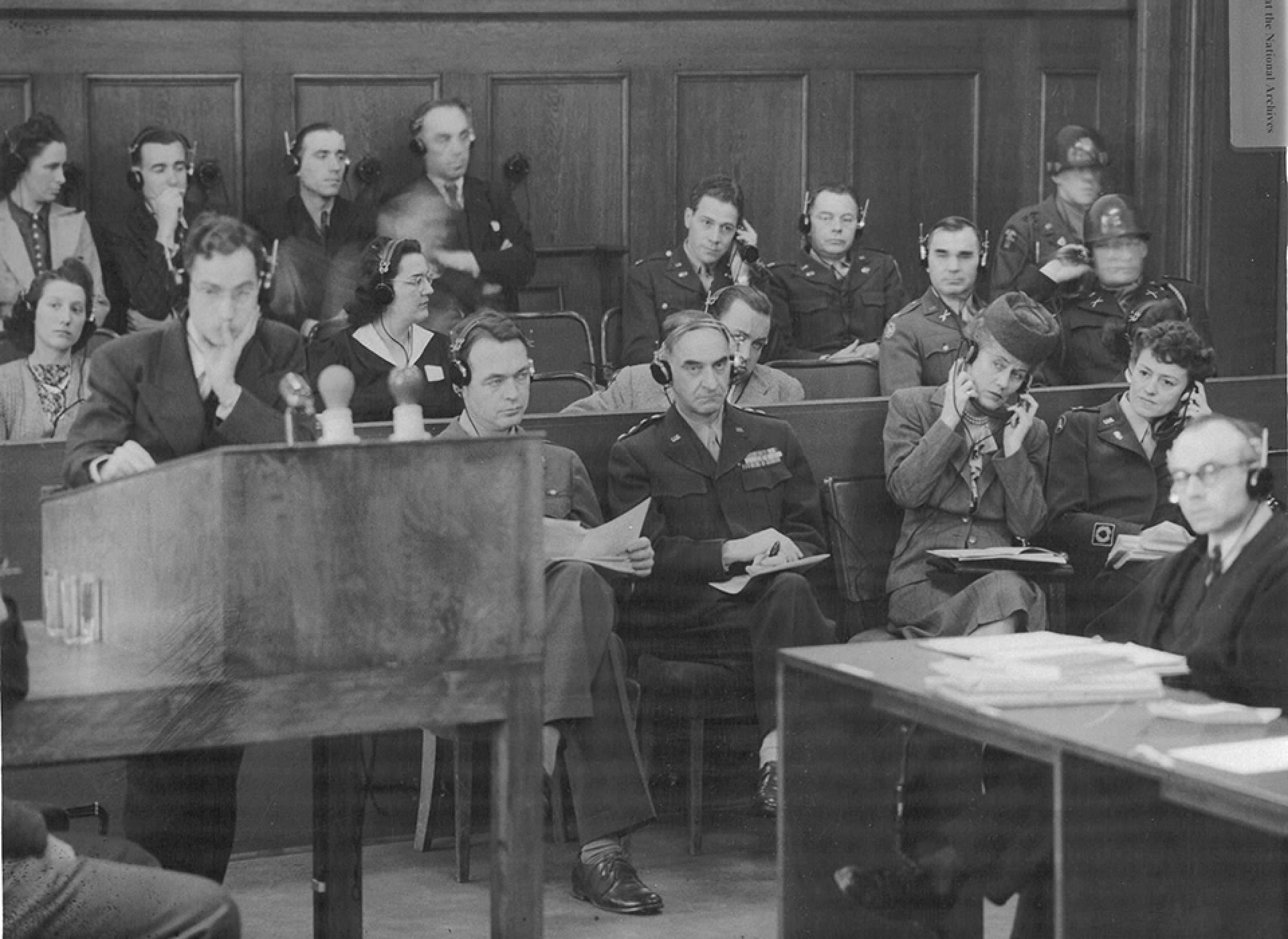
General Lucius C. Clay (seated center-frame), Head of the Office of Military Government, United States (OMGUS), and General Telford Taylor (seated on Clay’s right), head of the Office, Chief of Council for War Crimes (OCCWC) observe the Case 4 tribunal (WVHA/Concentration Camp Trial) on April 18, 1947. Image courtesy of the National Archives.
Although the prisoners, their attorneys, and their supporters frequently complained during and after the trials that their imprisonment represented an illegal American application of ex-post facto law, American and Allied lawyers tasked with defining the legal rationale behind the tribunals had made every effort to ground the Nuremberg proceedings in pre-existing concepts of international law and standard criminal justice procedures. As recently as 1949, US Military Governor of Germany Lucius Clay had reviewed and confirmed the validity of nearly all the sentences. The US Supreme Court had also rejected every single one of the prisoners’ appeals. Why, then, did High Commissioner John J. McCloy show these individuals such mercy in 1951?
Despite the broader context of the Cold War and the vociferous political debates in West Germany over the war criminals issue, McCloy did not justify his review of the Nuremberg sentences in the language of Cold War realpolitik or as a response to the agitations of pro-amnesty German political movements. Both McCloy and his Advisory Board on Clemency for War Criminals, viewing themselves as standing above the ever-shifting whims of German and American public opinion on these matters, articulated a vision of impartial American justice as inspiring and legitimizing their actions.
Despite the well-documented lobbying from West German veterans and church associations, politicians, and the media, the decision by a very small number of powerful American officials in Germany to free the war criminals did not represent the prioritization of politics over law at a time of shifting political realities so much as a faulty consensus that the Nuremberg tribunals had come to unjust conclusions that required correction.
By legal statute governing the American occupation in Germany, McCloy’s authority to alter the sentences of the Nuremberg war criminals was absolute and entirely discretionary. In using this authority to grant clemency to the Landsberg prisoners and create what one disillusioned former Nuremberg prosecutor lamented as “a new category of international crimes – crimes without punishment,” McCloy’s overarching policy towards the Landsberg prisoners turned on the legal question of whether they were governed by the norms of the American penal system or existed in a category unto themselves.
Were the Landsberg prisoners entitled to parole or other similar reductions in their sentences for good behavior? Were they, particularly the prisoners who wore the red jackets of the condemned, entitled to formal appellate proceedings beyond their individual petitions to the USSupreme Court? If the Supreme Court, by its own repeated admission, lacked jurisdiction over German nationals tried by American military courts, by what mechanism could the prisoners contest their sentences or present new evidence?
In answering these questions, McCloy and his staff’s instincts to retroactively graft American criminal appeal procedures onto the German occupation left them in unprecedented legal territory. The emptying of Landsberg prison was inescapably tied to the resolution of these debates, wherein HICOG officials eventually concluded that German war criminals were criminals first and war criminals second, entitled to all the remedies of US laws to better their conditions and reduce their sentences.
This process threatened to legitimize the wider German refusal to view the 12 subsequent Nuremberg trials following the four-power International Military Tribunal as anything other than a corrupt exercise in “victor’s justice.” A December 28, 1949 memorandum prepared for McCloy by J.B. Rintels of the Administration of Justice and Prisons Divisions of the HICOG Office of the General Counsel explored some of the “unanticipated dangers” of a Nuremberg clemency program. Rintels noted that both the High Commissioner and Military Governor had been “bombarded with petitions relating to the war criminals” that were “ostensibly aimed at the securing of relief for specified individuals,” but in fact constituted “an attack upon the original war crimes program as a whole, its underlying philosophies and theses, and its implications involving the culpability of the responsible members of the German government for the offenses of which they were convicted.” The petitions, he continued, “almost invariably represent[ed] an attempt to re-litigate the arguments which were considered and rejected at the tribunals and upon the [previous] reviews.”
The list of arguments was long: the claim that the defendants acted under superior orders; charges of allied hypocrisy in not prosecuting their own atrocities; charges of ex post facto justice; claims of immunity from prosecution under prisoner of war status; and claims that trial procedures were unfair or opaque or that sufficient legal counsel or access to evidence had been denied to the defendants. A HICOG clemency panel would only incentivize new petitions with these same tropes, which had already been extensively litigated and rejected as baseless. These concerns were justified, as it turned out.
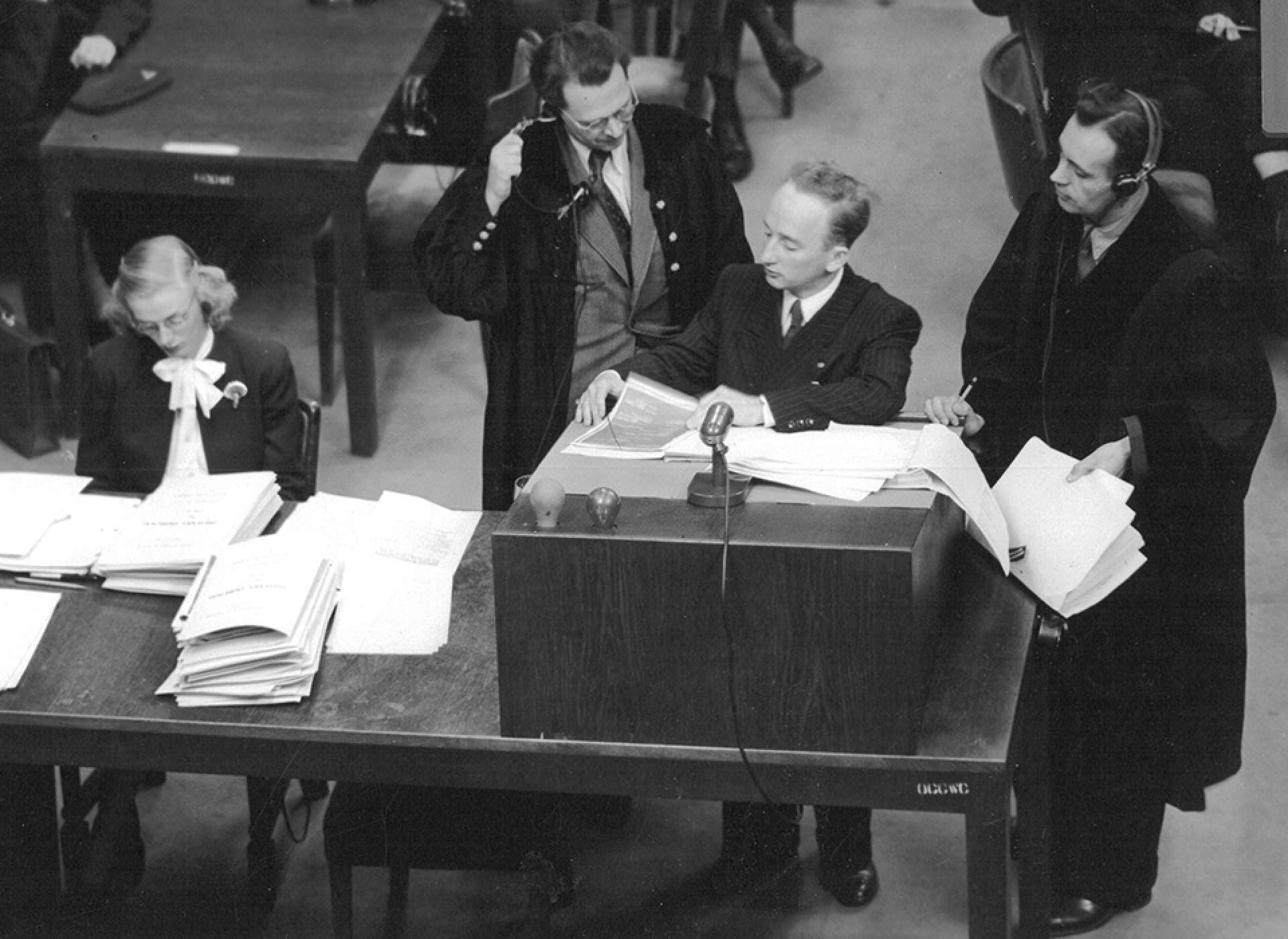
Benjamin F. Ferencz, lead US prosecutor at Case 9 (Einsatzgruppen Trial), flanked by two German defense attorneys objecting to his introduction of documentary evidence implicating their clients in mass murder. Image courtesy of the National Archives.
In a March 2, 1950 memorandum to McCloy offering his assessment of the proper function of the clemency panel, HICOG legal advisor Robert Bowie argued for granting powers more akin to those of an appellate court. “One point which I think has perhaps not been sufficiently emphasized,” Bowie wrote, “is that since the tribunals are no longer in existence, there exists no judicial forum to which a motion for a new trial may be addressed.” “Every legal system,” Bowie continued, “ought to provide some machinery for the presentation of evidence which would vitiate or substantially affect the earlier decision of a court.”
Since the tribunal was no longer operational and thus unable to consider such petitions, it was “right and proper that the executive should establish a substitute so that in those rare cases where a genuine miscarriage of justice may have taken place, the petitioners may be heard and appropriate action taken.” Bowie’s comments, which assumed that there were legitimate grounds for appeal amongst the Landsberg prisoners and that their ability to have these appeals heard by a formal appellate body dovetailed with McCloy’s own insistences that a fundamental principle of “American justice” was the ability of prisoners to appeal their convictions.
The “right” of the prisoners to appeal the Nuremberg verdicts to institutions outside the American judicial system would prove decisive in shaping the operations of the Advisory Board and McCloy’s ultimate decisions on the individual cases. If the Landsberg prisoners were entitled to an appeal, was a clemency panel review the proper venue for that process? Legally, the Advisory Board would make its recommendations (and McCloy would approve, modify, and implement them) under the longstanding powers of executive review.
As the physical embodiment of sovereign executive power in American-occupied Germany, McCloy, working on either his own initiative or through the Advisory Board, had the power to modify the sentences imposed by the tribunals. What McCloy did not have the power or, by his own admission, the intent to do, was alter the findings of the Nuremberg tribunals. Yet an appellate-oriented clemency process would do so—particularly if it was empowered to consider new evidence that contradicted the findings of law or fact established at Nuremberg.
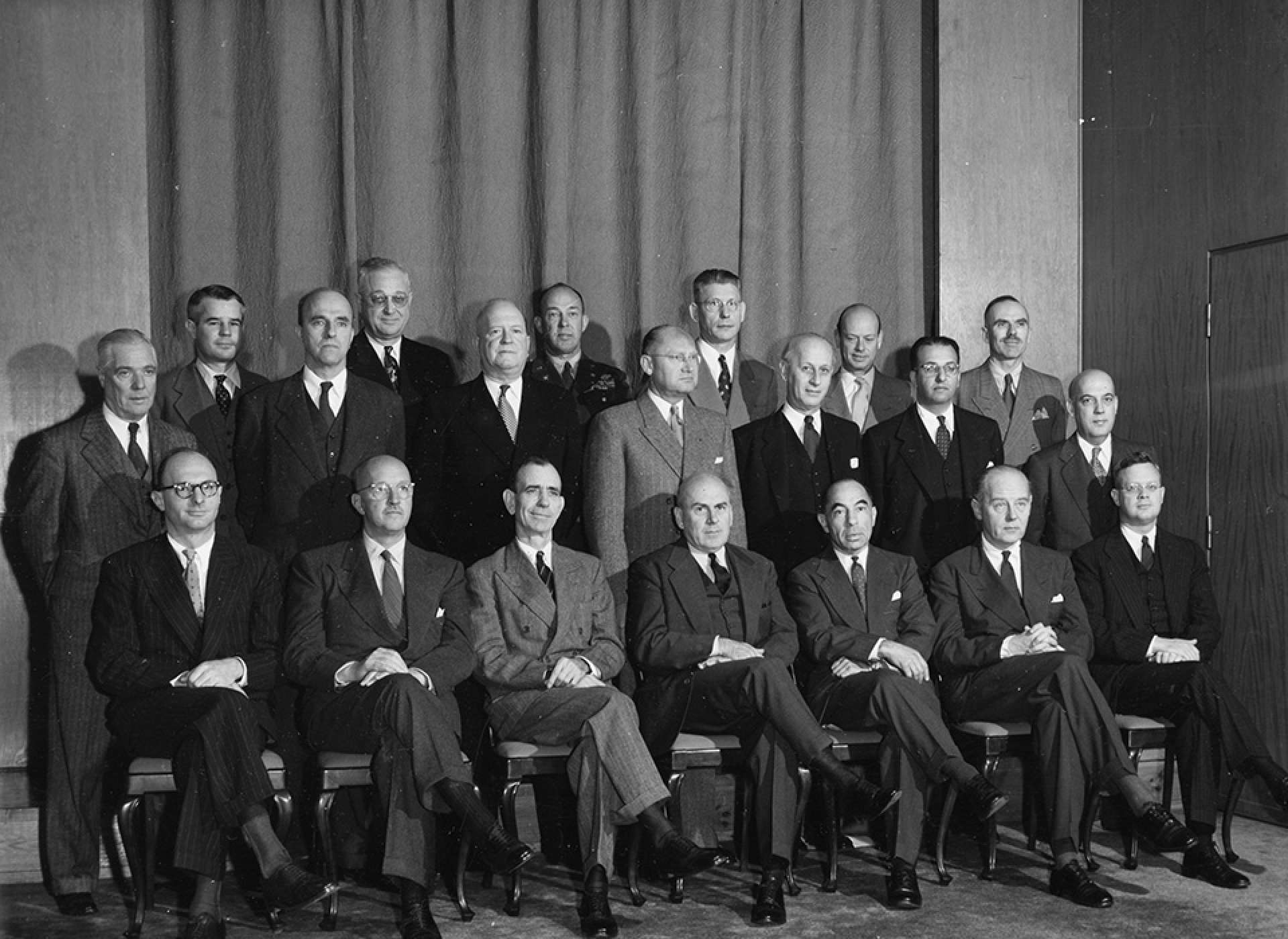
Image courtesy of the National Archives.
The reports of the advisory board did just that. The Advisory Board’s review was rushed. Its members had neither the time nor the inclination to re-examine evidence from the trials, or carefully weigh it against the misleading information presented by the prisoners in their clemency petitions. Instead, in a few hectic weeks from mid-July to mid-September 1950, the Board skimmed judgements, perused petitions, took a 30 minute meeting with defense counsel, ruled, and moved on to the next case. It had no investigative staff to interrogate the “new,” (more often repackaged assertions already dismissed by the tribunals) exculpatory evidence presented by the prisoners, heard from neither witnesses nor prosecutors, and demanded no expressions of remorse or regret from the prisoners.
The Board did not have the authority to question findings of fact (that a given defendant had committed an act, and that the act in question constituted a crime). Yet it frequently did so, arguing that the tribunals failed to take mitigating circumstances into account even when the judgements clearly indicated that they had. The Board also systematically questioned the parameters of individual guilt or responsibility as established by the tribunals, at times coming dangerously close to reviving the discredited “superior orders” defense deployed by most of the Nuremberg prisoners at trial.
In some cases, the Board simply disagreed with the tribunals’ findings, deeming the judgements insufficient to justify a conviction on one or more charges without consulting the evidence. Whatever the amorphous concept of “American Justice” meant to McCloy, the Advisory Board’s case reports indicated that it had been absent at Nuremberg.
The political realities of the Cold War indirectly influenced McCloy’s decision to review the Nuremberg sentences, but did not dictate his actions or approach. Heated Congressional debates in 1947 and 1948 vis-à-vis the best and most practical disposition of American power in Germany framed the growing interest among certain policymakers, such as Senator Joseph McCarthy, in accusations from defense counsel that the US Army had tortured or otherwise violated the due process rights of German war criminals. Even though the charges of American impropriety were nearly exclusively bound up in the US Army’s separate Malmedy Massacre Trial, the Nuremberg defense attorneys were quick to publicly claim that the successor tribunals had also violated their clients’ rights through procedural irregularities, the denial of appropriate counsel, and improper handling of evidence.
The appointment of subsequent investigatory bodies by the House and Senate served to normalize the idea that an appellate body of some kind should review all the sentences passed by American-zone tribunals since 1945, an idea ultimately embraced by McCloy upon the assumption of his duties as High Commissioner in September 1949. In taking this decision, McCloy wished to restore the integrity of “American justice” on the world stage, conceived of as a rebuke of the Soviet Union’s use of political terror, witness intimidation, and evidence fabrication. It was McCloy’s conception of the United States as the embodiment of world freedom and home of due process under the law, as opposed to his need to appease activist West German politicians or obtain a West German contribution to European defense during the Korean War, that shaped McCloy’s decision to empanel an Advisory Board on Clemency for German War Criminals.
Once established, it was primarily legal concerns that shaped the Advisory Board’s operating procedures. Their conceptions of “American justice” demanded that the Board and McCloy establish a parole system for war criminals commensurate with the norms of the American criminal justice system, consider exculpatory evidence that might free “innocent” men from Landsberg, and entertain criticisms of the Nuremberg tribunals’ conclusions without explicitly rejecting the facts upon which those conclusions were based.
The Board that emerged from this desire to ensure that justice was done by repudiating the Nuremberg tribunal findings as unjust was not quite a parole board nor was it an appellate court. Neither a parole board nor an appellate court would allow the prisoners and their attorneys an uncontested platform to challenge their sentences, presenting alternative narratives of persecution, victimhood, and innocence that could not be readily rebutted by prosecutors, judges, or evidence. It was this procedural ambiguity, couched in sincerely-held ideals of “American justice,” that set the stage for the emptying of Landsberg prison by 1958.
Meet the Author
Robert Hutchinson is an Assistant Professor of Strategy and Security Studies at the US Air Force School of Advanced Air and Space Studies (SAASS) at Maxwell AFB, Alabama. He received his PhD from the University of Maryland. His research focuses on twentieth century European political and military history, intelligence studies, and Holocaust and genocide studies. He is the author of German Foreign Intelligence from Hitler’s War to the Cold War: Flawed Assumptions and Faulty Analysis (University Press of Kansas, 2019) and After Nuremberg: American Clemency for Nazi War Criminals, 1949-1958 (forthcoming with Yale University Press, 2022). The views expressed above are his own, and do not necessarily reflect those of SAASS, the Air Force, or DOD.
Further Reading
Earl, Hillary. The SS-Einsatzgruppen Trial, 1945-1958: Atrocity, Law, and History. New York: Cambridge University Press, 2009.
Hébert, Valerie. Hitler’s Generals on Trial: The Last War Crimes Tribunal at Nuremberg. Lawrence, KS: University Press of Kansas, 2010.
Heller, Kevin Jon. The Nuremberg Military Tribunal and the Origins of International Criminal Law. New York: Oxford University Press, 2011.
Priemel, Kim Christian. The Betrayal: The Nuremberg Trials and German Divergence. New York, Oxford University Press, 2016.
Remy, Steven P. The Malmedy Massacre: The War Crimes Trial Controversy. Cambridge, MA: Harvard University Press, 2017.
This article is part of a series commemorating the 75th anniversary of the end of World War II made possible by the Department of Defense.
Cite this article:
MLA Citation:
APA Citation:
Chicago Style Citation:
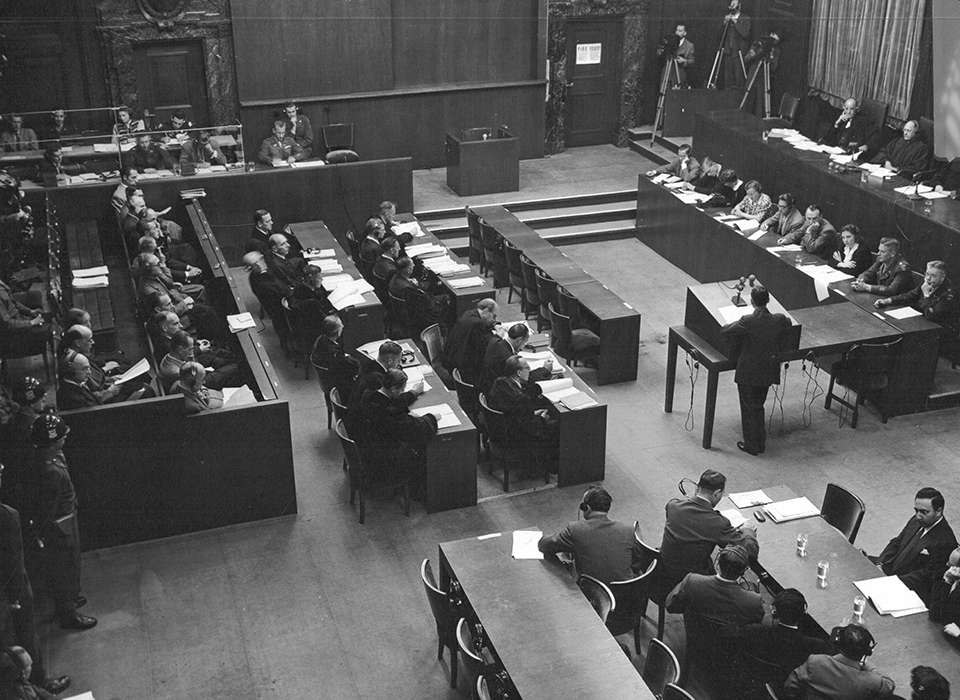
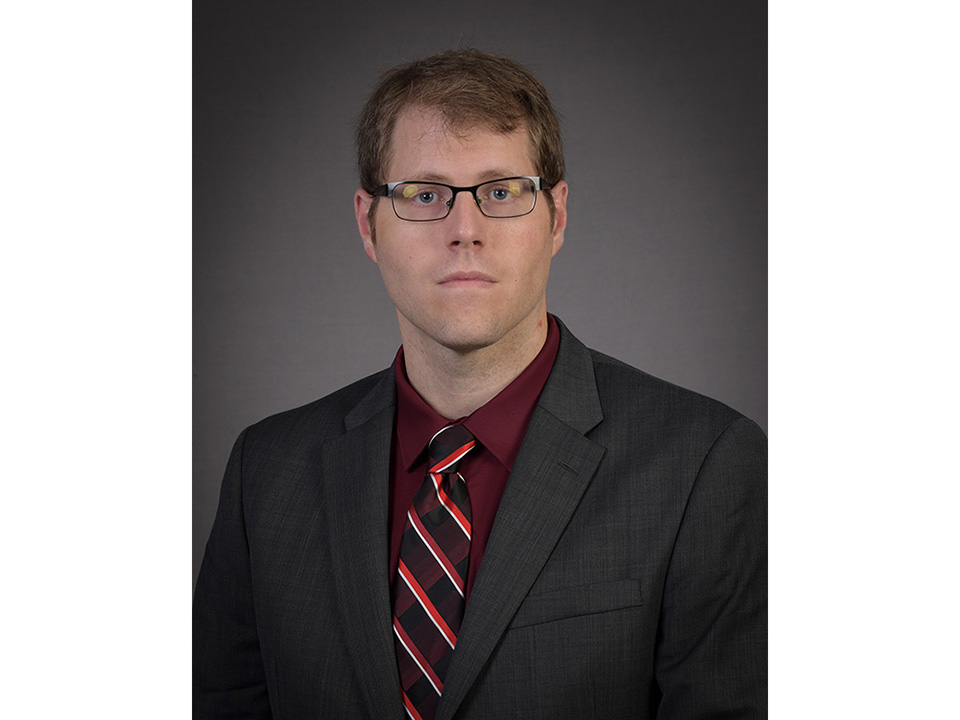
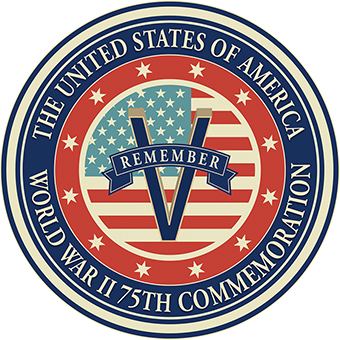

![Max Fuchs, New York City cantor, sings as Rabbi Sydney [sic] Lefkowitz, Richmond, VA, conducts the first Jewish services from Germany.](/sites/default/files/styles/max_650x650/public/2025-10/image1.jpg)


